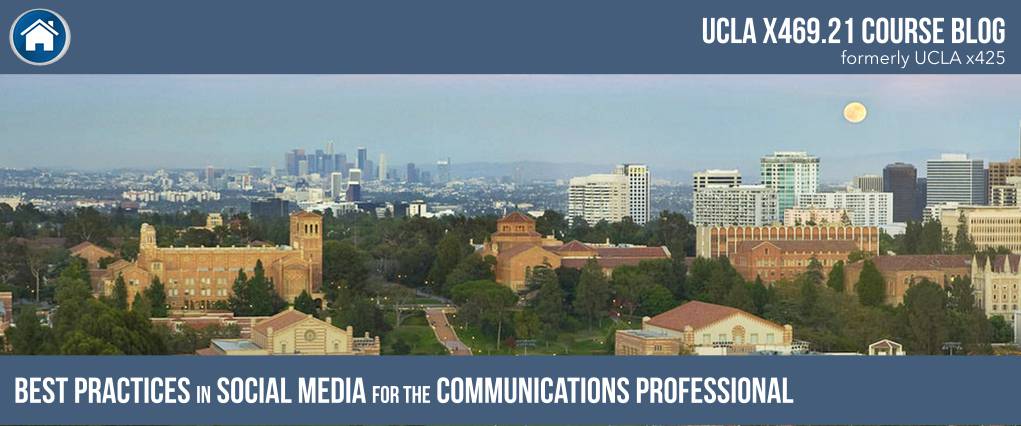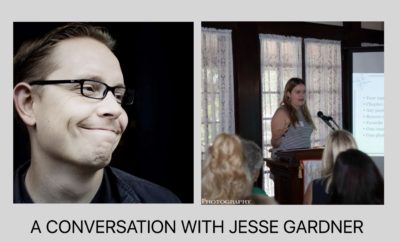
WEEK 4: A Conversation with Guest Speaker Jesse Gardener by Yanina Poliakova
By UCLA X469.21 Student Yanina Poliakova

Yanina Poliakova
Jesse Gardner (@plasticmind) of Plastic Mind Design gave our class a one hour tutorial about search engine optimization (SEO). Jesse knows the topic well after many years of designing and developing for the web. Much of that time was spent working for a major cooking site, where he helped optimize recipes to rank highly in search results.

Jesse Gardner
SEO involves methods and techniques to improve how well a website ranks on Google. The goal is to have your website listed on the first page of Google search results, because very few people dig further to find what they are looking for. Many different factors go into how Google ranks web pages. Jesse’s video tutorial (https://www.youtube.com/watch?v=GXzEK8VwDDo) is a good place to start if you want to learn about all the aspects involved. If, on the other hand, you just want the Cliff Notes synopsis, the first three rules of SEO are:
- content,
- content, and 3
- content.
After making sure your content is original and interesting, the second most important element for SEO is external links to your website. The third most important is how the Google algorithm rank your site based on an array of additional factors, from page loading speed to mobile optimization. These rules change regularly, so it’s useful to seek updated information via resources such as Google Webmaster Tools and Google Adwords Keyword Planner. You can also read articles such as this one from Search Engine Journal: https://www.searchenginejournal.com/infographic-googles- 200-ranking- factors/64316/.
A few other things that Jesse discussed included ‘Rich Snippets’ and AMP, which are specific types of content that Google recognizes.
Finally, Jesse explained why a business shouldn’t rely only on Google searches alone to drive customers to its website. Google may suddenly change its algorithm and rank your site lower than competitor websites, and you have no control over the process. It’s therefore best to diversify the way you engage potential customers by also publishing content on platforms like Facebook, Instagram, Twitter and other media used by potential customers. For instance, Jesse finds that the candle making side business he runs with his wife sells more candles via paid ads on Instagram than ads on Google.




